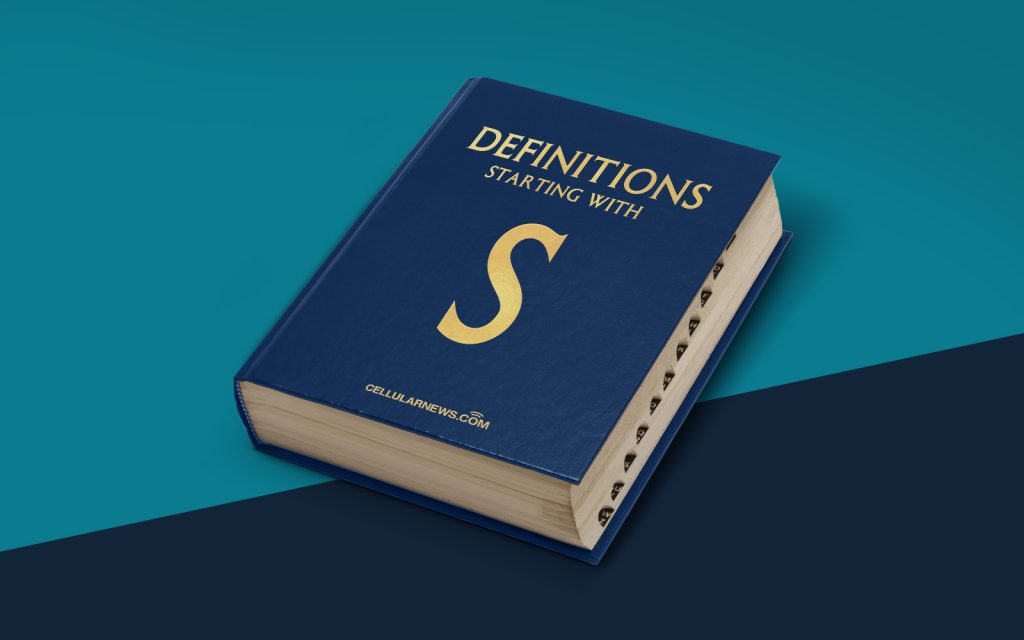
Understanding Strain Relief: An Essential Component for Cable Management
When it comes to cable management, there are several important factors to consider. One vital component that often gets overlooked is strain relief. So, what exactly is a strain relief, and why is it important? In this article, we’ll delve into the world of cable management and explore the role of strain relief in keeping our cables safe and secure.
Key Takeaways:
- A strain relief is a device or mechanism that helps protect cables from excessive tension, bending, or pulling.
- It plays a crucial role in preventing damage to cables, which can lead to malfunctions, electrical hazards, and increased maintenance costs.
The Purpose of Strain Relief
Imagine a world without strain relief. Cables would be left vulnerable to stress, tension, and constant movement – resulting in a plethora of issues ranging from intermittent connectivity to complete cable failure. This is where strain relief steps in to save the day.
Strain relief is a mechanism designed to provide support and protection to cables, ensuring their longevity and minimizing the risk of damage. It acts as a safeguard against excessive strain caused by factors such as:
- Overbending of cables
- Pulling and tugging
- Tension resulting from weight or other external forces
By offering resistance to these forms of strain, the strain relief effectively absorbs and disperses tension, reducing the stress placed on the cable and its connectors.
The Benefits of Using Strain Relief
Now that we understand the purpose of strain relief, let’s explore the benefits it provides:
- Enhanced Durability: Strain relief helps to extend the lifespan of cables by protecting them from repetitive motion and bending that can weaken their structure. By reducing the strain on the cable, it prevents any potential breaks, cracks, or fraying.
- Improved Reliability: With strain relief in place, you can minimize the risk of cable failure, intermittent connections, or data loss. This is especially crucial in industrial settings or applications where downtime is costly and unreliable connections can lead to significant consequences.
By incorporating strain relief into your cable management strategy, you can ensure that your cables remain strong, secure, and able to withstand the rigors of daily use.
Conclusion
Strain relief is an essential component of cable management that often goes unnoticed. However, neglecting to implement strain relief can result in damaged cables, unreliable connections, and increased maintenance costs. By investing in strain relief mechanisms, you can protect your cables, enhance their durability, and improve their overall reliability. So, next time you’re setting up or organizing your cables, don’t forget about the importance of strain relief!
